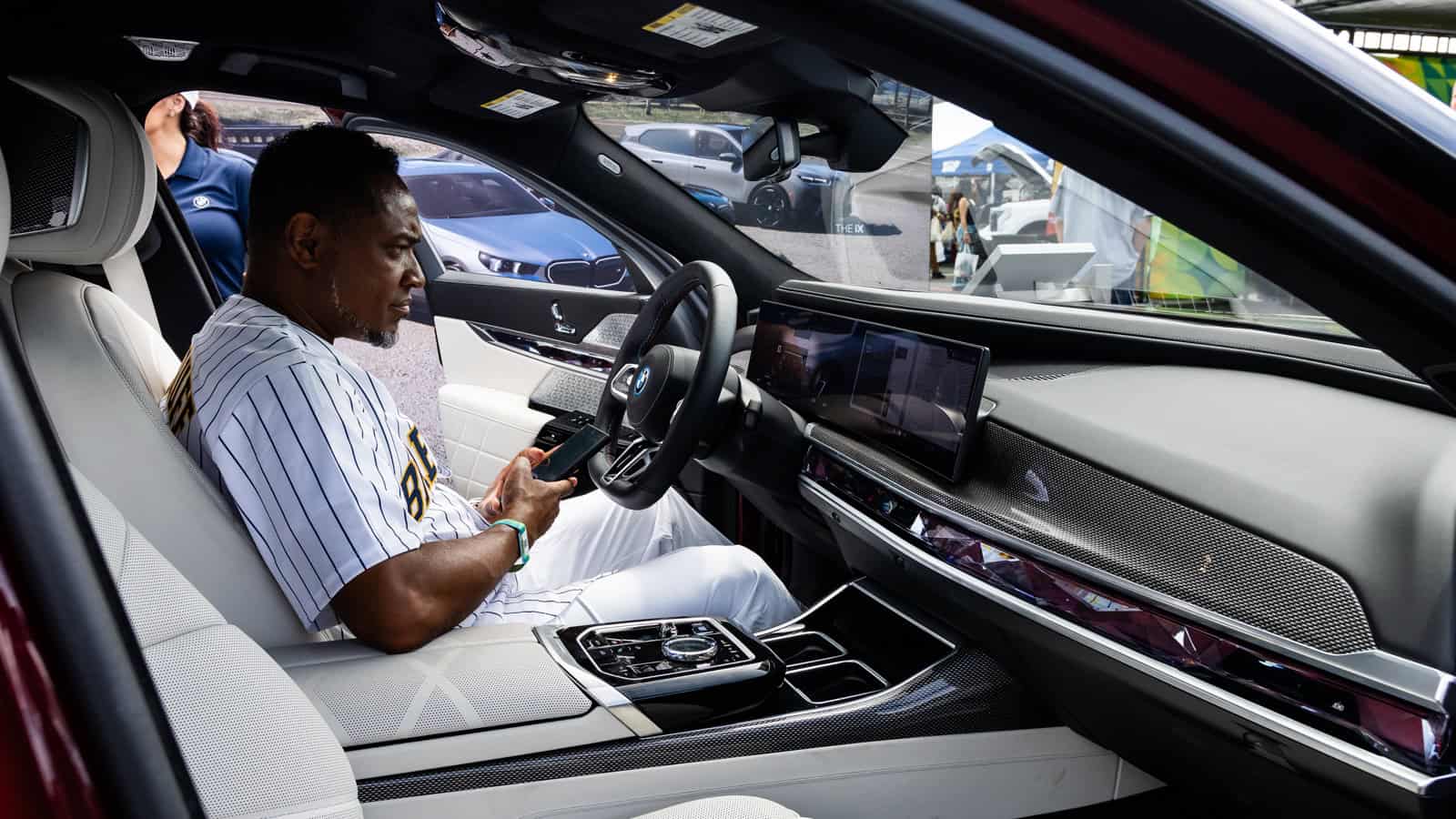- LFP stands for lithium iron phosphate
- Ford, Tesla, and Rivian already use these batteries
- They’re cheaper than a standard battery but provide less range
With the battery accounting for a large portion of an electric vehicle’s total cost, automakers are working to reduce expenses to make EVs more affordable. One approach involves switching from traditional nickel-rich lithium-ion batteries to lithium-iron-phosphate (LFP or LiFePO₄) batteries, which tend to be cheaper and more durable under certain conditions.
Ford recently announced it would roll out these new batteries in the Mustang Mach-E later this year and the F-150 Lightning in 2024. This is a cost-saving exercise for standard-range models to help combat the cost of unsustainable materials found in other EV batteries.
What is an LFP battery?
LFP (LiFePO₄) battery stands for lithium iron phosphate — with the ‘Fe’ being the chemical symbol for iron. They are also known as lithium ferrophosphate batteries. They have a lower energy density compared to other EV batteries but are considered safer and easier to recycle.

What are LFP batteries made of?
LFP batteries use lithium iron phosphate (LiFePO₄) as the cathode material. In contrast, other types of lithium-ion batteries often use cathodes made with nickel, cobalt, and manganese, such as NCM (nickel cobalt manganese) or NCA (nickel cobalt aluminum), which is why they are sometimes referred to by those acronyms.
How is LFP different from NCM batteries?
The majority of differences come from the chemical makeup of the batteries. This gives LFP batteries a few benefits over more common EV batteries.
- Cost-effectiveness: LFP batteries have lower manufacturing costs compared to NMC batteries due to the absence of in-demand — and therefore pricey — nickel, cobalt, and manganese.
- Robustness and safety: LFP batteries are more robust and less prone to thermal runaway, providing enhanced safety compared to NMC batteries.
- Longer life cycle: LFP batteries have a longer life cycle, capable of more than 3000 full recharge cycles, while NMC batteries typically range between 1000 to 2000 cycles. This longer life cycle reduces battery degradation.
There are, however, some areas where NMC batteries are superior:
- Higher energy density: NMC batteries typically offer more range than an LFP battery.
- Better cold-weather performance: LFP batteries don’t tend to work as well in cold weather.
- Weight: Typically, NMC batteries are lighter than LFP ones.

Reasons behind the shift
NCM batteries use materials that are in high demand, which pushes up the cost. As a result, manufacturers such as Ford have been exploring ways to reduce their reliance on the global supply chain for materials such as cobalt, nickel, and manganese. As well as Ford, Telsa and Rivian are embracing LFP batteries to keep costs down on their entry-level models.
While LFP batteries could make EVs more accessible, the trade-offs can be big, especially for those who live in colder climates. But for people who don’t often deal with cold weather and don’t need a huge amount of range, an EV with an LFP battery could be an affordable choice.

FTC: We use income-earning auto affiliate links. Learn more.












4 Responses
Now i understand why is my high end gaming phone has a lower battery storage because it is li-po, and my other phone about 3 years that is a li-ion is now harder to charge so im using nowits original charger that has a 1.55 ampere
Ditto; always ‘stay within spec.’ of the device and it will operate appropriately.